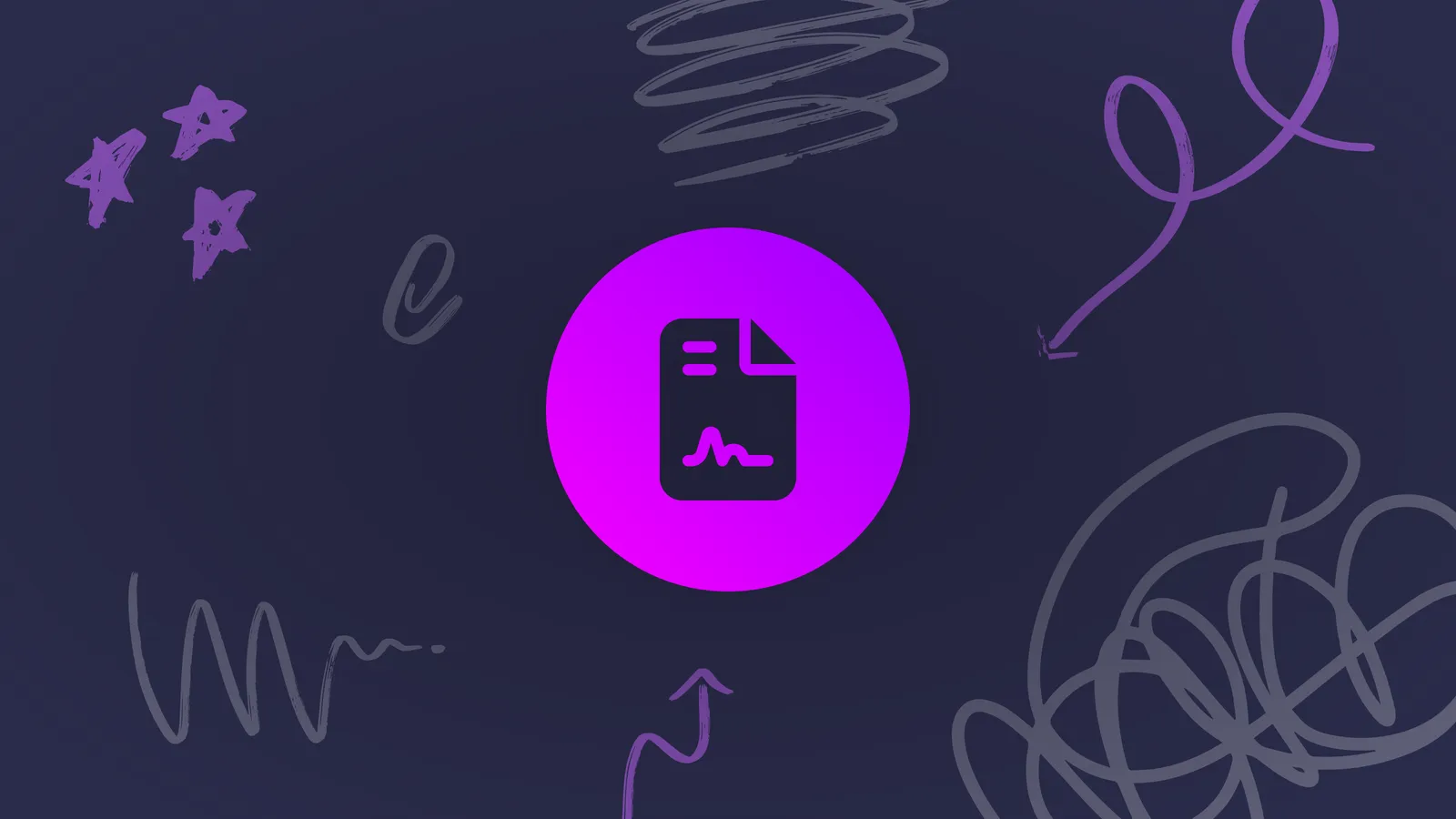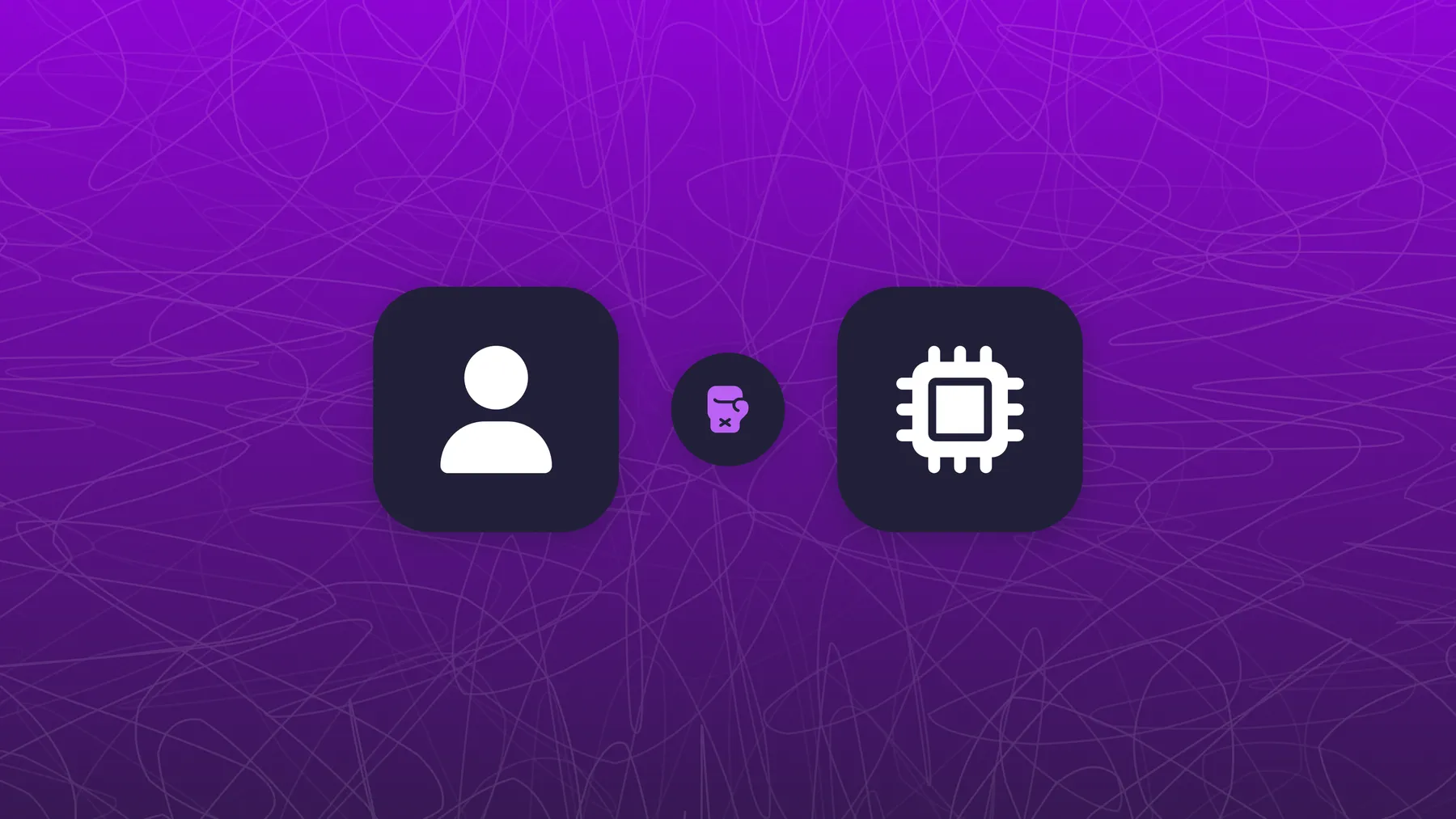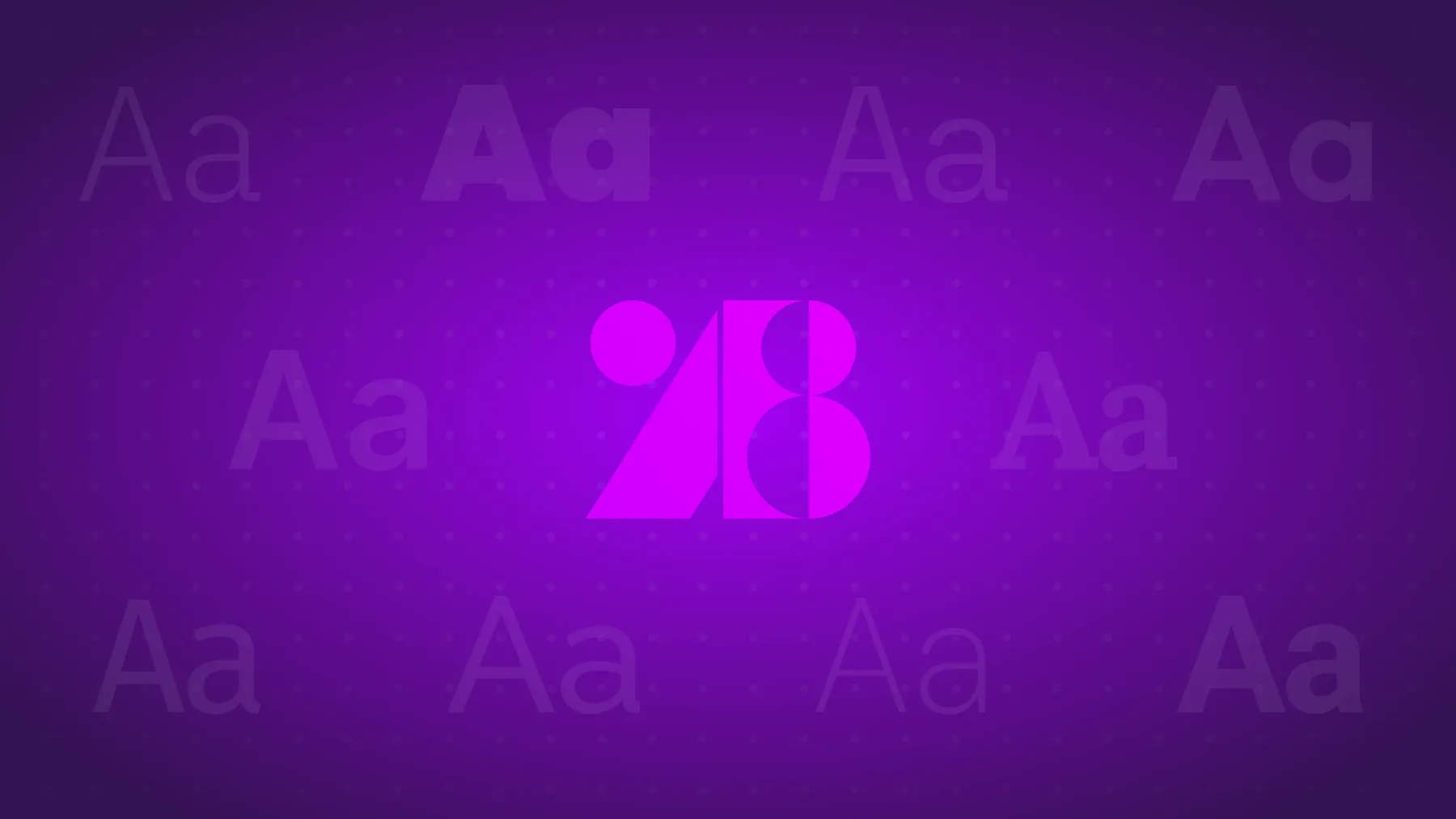Countless revision cycles, endless payment chases, and never-ending scope creep. It’s the stuff of nightmares for any designer. In this post, I’ll share the essential contract elements for setting clear boundaries and expectations to ensure smooth, professional logo design engagements — every time.
Put it in writing now or pay later
Early on in my design career, I treated contracts like a formality — something to skim over or skip entirely. Big mistake. What I learned the hard way is this: a vague agreement invites vague expectations. If you don’t put it in writing, you’re going to end up in revision purgatory, fighting scope creep, chasing payments, and maybe even seriously considering a career change.
These days, my contracts are sharp, simple, and non-negotiable. I don’t worry about misaligned expectations because everything’s spelled out in black and white before the work begins. It hasn’t just protected my time and income — it’s made my projects run smoother, my clients happier, and my work way more fun.
A solid contract prevents confusion, sets ground rules early, and builds trust with your clients. Here’s what you need to include in your contracts to keep your logo design projects focused, fair, and frustration-free.
Scope it before you sketch it
The fastest path to project hell is an undefined scope. You don’t want to go down that road, so to ensure you don’t, your contract should explicitly outline:
- Number of initial concepts (3-5 is standard)
- Number of revision rounds (2-3 typically works well)
- Final deliverables (specify file formats: AI, EPS, JPEG, PNG, etc.)
- Timeline with specific milestones and deadlines
- Additional costs for extra revisions or expanded scope
And don’t just list these items — spell them out. What constitutes a “revision round”? Does changing a font count? Should the client submit all change requests at once? Both parties need to know the rules upfront. The more clarity you provide here, the less likely you’ll find yourself providing unlimited, unpaid revisions.
Money talks — so talk about money
You aren’t providing charity — you’re providing a service, and you deserve to be compensated for it. The best way to ensure you get paid is to:
- Require a deposit (30-50%) before work begins
- Set a clear payment schedule tied to milestones
- Define late payment penalties (1-2% monthly is common)
- Specify currency and payment methods
My rule of thumb: no payment, no pixels. Never deliver final files without full payment. Period. Consider it your design hostage insurance policy if things end up going sideways.
Whose design is it anyway?
Don’t make the mistake of undervaluing your work by not properly addressing ownership and usage rights. Your contract should clearly state:
- Who owns the final design (typically the client, after payment)
- Whether you retain rights to show the work in your portfolio
- Limitations on how the logo can be used or modified
- Whether source files will be provided or not
Don’t forget to address the issue of unused concepts. Make sure to communicate that you retain ownership of all unused logo concepts. Those rejected designs still have value. Smart designers don’t let good work go to waste.
Psst, got unused logos collecting dust? They could be making you money. Sell them on Bootstrap Logos and turn your past work into profit. Apply here.
Comments and changes and chaos — oh my
Nothing tends to derail logo design projects faster than ambiguity in the revision process. The best way to keep things on track is to:
- Define how clients should submit revision requests (written format only)
- Set time limits for feedback (e.g., client must respond within 5 business days)
- Outline additional costs for revisions beyond the agreed number of rounds
Remind your clients that design is subjective — it helps head off the dreaded “I’ll know what I want when I see it” client from driving you up the wall and to the brink of creative insanity.
Stopping the snowball effect
Have you ever agreed to design a simple wordmark, then ended up delivering a full rebrand on your own dime? Scope creep happens when boundaries aren’t enforced — here’s how to keep it in check:
- Define what constitutes scope change (additional applications, formats, etc.)
- Require written approval for any scope changes
- Include your hourly rate for work beyond the original scope
Remember: saying “that’s outside the scope of our agreement” is much easier when you have a paper trail. It’s like having a tiny lawyer in your pocket, but without the billable hours.
Straight talk with no surprises
When communication breaks down, so do relationships — professional ones included. Keep everyone on the same page by clearly outlining:
- Preferred communication channels (email, project management tools, etc.)
- Expected response times (24-48 business hours is reasonable)
- General availability (e.g. “9 AM to 5 PM EST Mon-Fri”)
- Who the main points of contact are on both sides
Do you really want 10 PM text messages on weekends asking for “urgent” changes because the client’s spouse suddenly decided blue is an “aggressive color”? Yes, this happens. No, it’s not an emergency.
Sometimes it’s best to walk away
Not every client relationship is meant to last, and some design projects may need to end before the finish line. You can protect yourself with a well-written termination clause that includes:
- Conditions under which either party can terminate the contract
- Notice periods (typically 7-14 days)
- Payment requirements for work completed
- Ownership of work created up to termination point
Don’t forget the kill fee. If a client pulls the plug midway, you still deserve to be paid for the time you put in. A common ask is 25% if they cancel after concepts, and 50% once revisions start. Think of it as “thanks for wasting my time” insurance.
People over paper
Contracts are important — no doubt about it. But at the end of the day, they’re just tools. And the best contract is the one you never need to reference. What really makes a project run smoothly is the people behind the paperwork.
Before you hit send on that PDF, take a few minutes to walk your client through the key points verbally. No legalese or technical jargon — just a simple rundown of what’s in place, why it’s there, and how it protects them, too.
That extra bit of clarity builds trust, prevents surprises, and reminds your client they’re working with a professional — not just some random creative who knows their way around Illustrator.
The bottom line is this…
A well-crafted contract isn’t just about protecting your work — it’s about setting up a framework that keeps things on course and ensures everyone knows exactly what to expect. Your clients will take you more seriously, the creative work will become easier, and it will transform your logo design service from a nebulous creative process into a structured professional engagement.
This post isn’t meant to be legal advice — it’s more of a field guide built from my own lived experience. My hope is that it gives you a solid foundation for writing your own design contracts (or improving the ones you’ve already got). Use it. Make it your own. Customize the language. Add clauses that make sense for how you work.
And remember, a contract is only as strong as the relationship behind it. Treat your clients like partners, keep things clear from the start, and you’ll avoid a whole lot of headaches down the road. Your future self will thank you.




